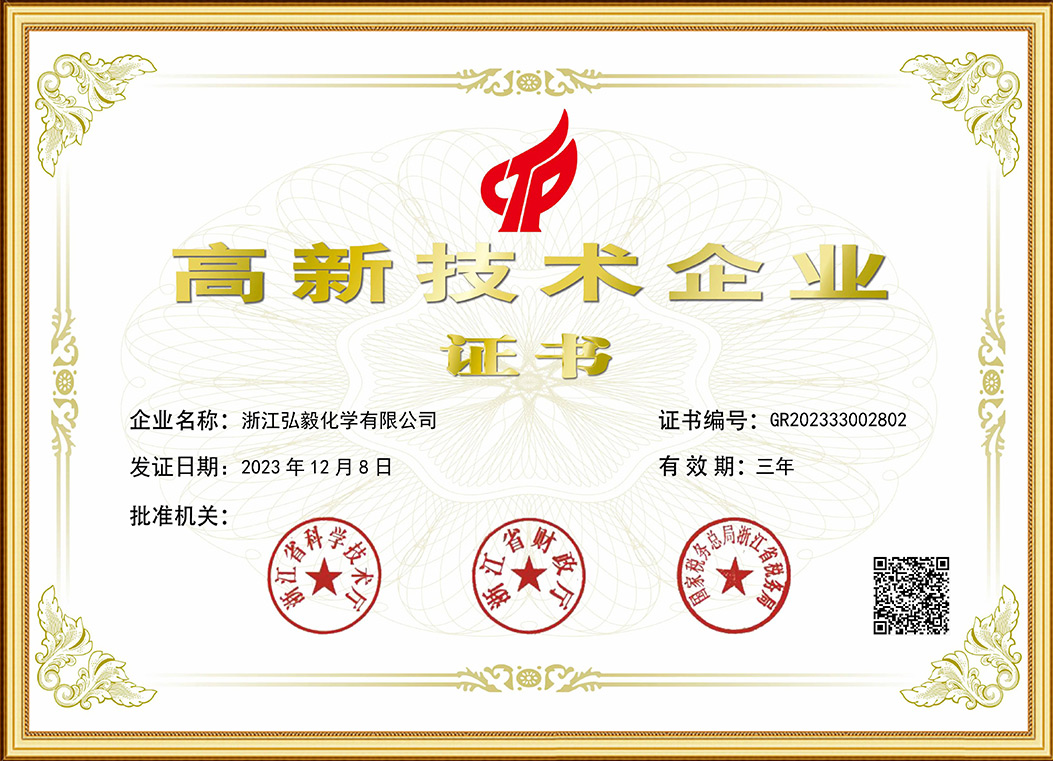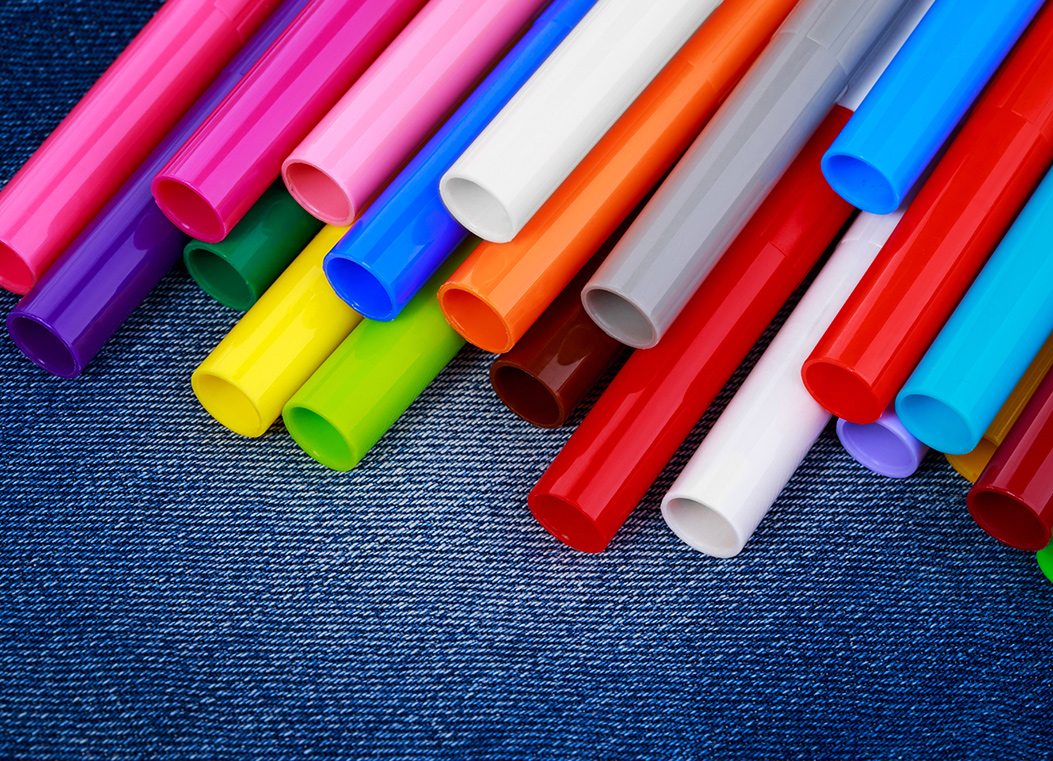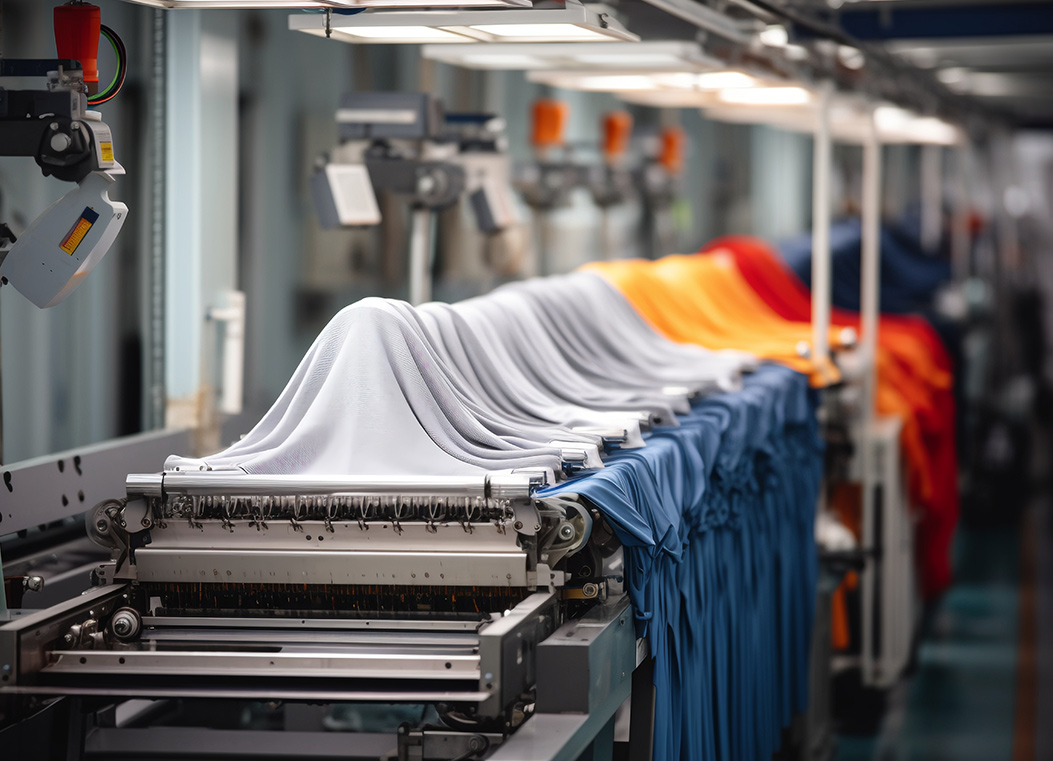In modern industrial manufacturing, maintaining the visual quality of wires and cables is increasingly important, not only for aesthetics but also for quality perception. Optical Whitener and Optical Brightener For Wires And Cables are additives that help improve the appearance of insulation materials, ensuring that wires and cables maintain a consistent, bright appearance even under prolonged use. By absorbing ultraviolet (UV) light and re-emitting it as visible blue light, these compounds counteract yellowing or dullness that can occur during production, storage, or exposure to sunlight.
Enhancing Visual Quality in Cable Production
Optical brighteners are particularly valuable in industries where the color and brightness of wires and cables are part of quality control. During extrusion or molding processes, polymers can develop a slight yellow tint due to heat or aging. Adding an optical whitener helps neutralize these yellow tones, giving the insulation a clean, bright look. This is especially useful for white, pastel, or light-colored cables where any discoloration is more noticeable. By maintaining consistent brightness, manufacturers can meet aesthetic standards required by clients while reducing the need for additional surface treatments. In addition, optical brighteners can improve contrast between different colored cables, assisting in easier identification and organization during installation.
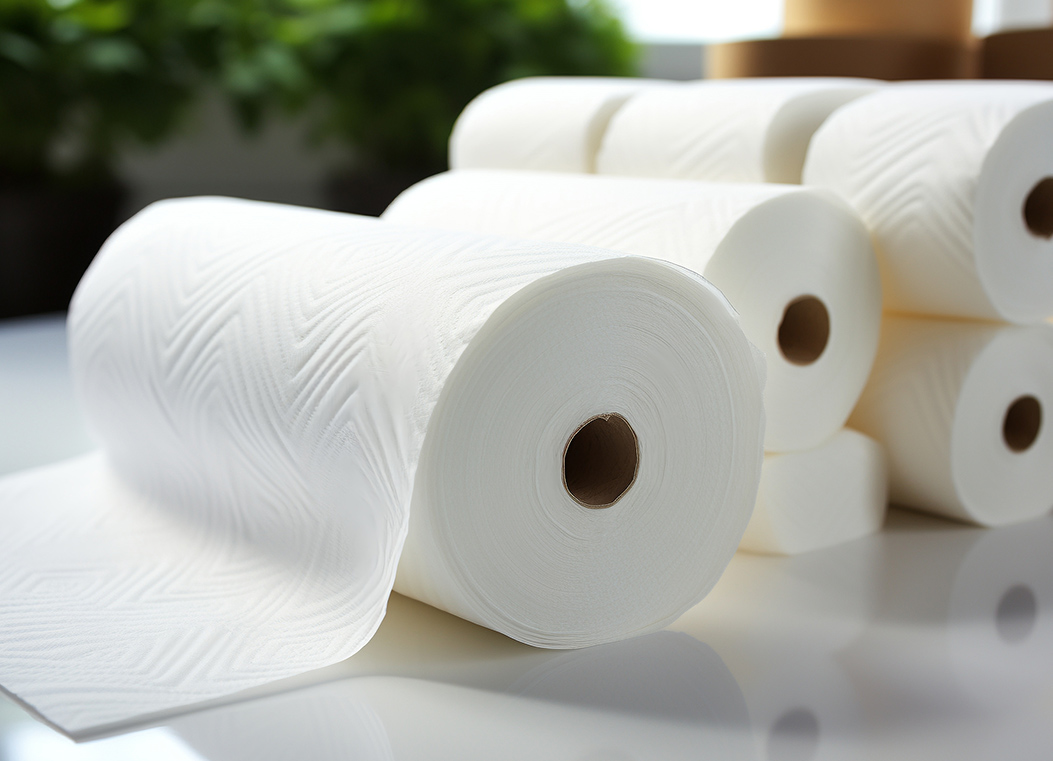
Durable Performance Across Conditions
One key advantage of optical brighteners in industrial applications is their stability. These compounds are designed to withstand high temperatures during polymer processing, making them suitable for extrusion and cable coating processes. They also remain effective across a wide pH range and are resistant to fading caused by prolonged exposure to light. This durability ensures that cables maintain a bright appearance from production through end-use, reducing complaints related to yellowing or color inconsistency. Over time, consistent performance of optical brighteners can also contribute to a perception of higher product quality and reliability in industrial supply chains.
Compatibility With Polymeric Materials
Optical brighteners are versatile and can be incorporated into a variety of polymer matrices used for wire and cable insulation. They are compatible with PVC, PE, and other commonly used insulating materials. By dispersing evenly in the polymer, the brighteners provide uniform whiteness without affecting the mechanical properties of the insulation. Additionally, their synergy with stabilizers and other additives helps maintain overall product performance while enhancing visual quality. Proper mixing and processing techniques ensure that the brighteners do not settle or agglomerate, supporting consistent performance across different production batches.
Environmental Considerations in Industrial Applications
Modern optical brighteners are formulated to be environmentally considerate. Many options are biodegradable and non-toxic, aligning with industrial regulations and sustainability goals. This allows manufacturers to improve product appearance without compromising environmental safety. Safe handling and compliance with industrial standards make these additives practical for large-scale production environments.
Practical Tips for Application
When applying optical brighteners in cable production, precise dosing is important. Overuse may cause unwanted fluorescence under UV light, while insufficient amounts may not fully counteract yellowing. Incorporation is typically done during the polymer compounding stage to ensure even distribution. Monitoring processing conditions, such as temperature and residence time, is essential to maintain additive stability and achieve consistent results.Additionally, conducting small-scale trial runs before full-scale production helps determine concentrations and mixing methods, ensuring that each batch meets visual and functional requirements.
By carefully selecting and incorporating Optical Whitener and Optical Brightener For Wires And Cables, manufacturers can maintain the visual quality of insulation materials, improve product consistency, and meet industrial standards for both performance and appearance. These additives offer practical solutions for industrial contexts, providing long-term brightness and helping wires and cables remain visually appealing throughout their lifecycle.

 EN
EN 中文
中文 ES
ES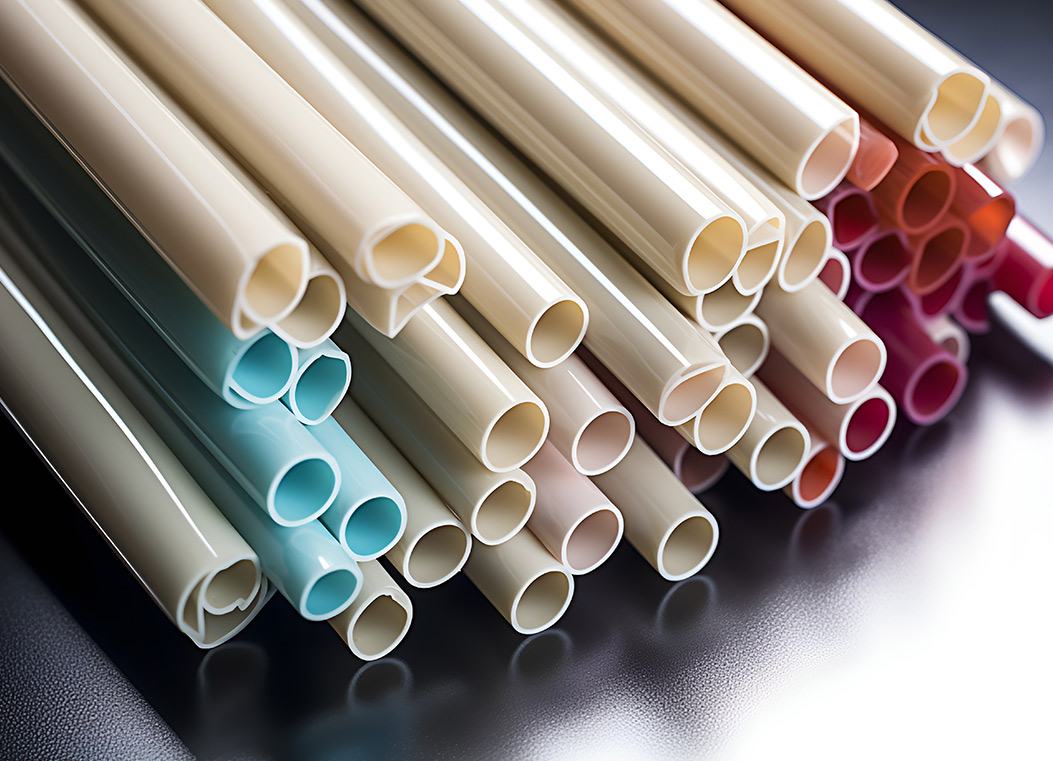
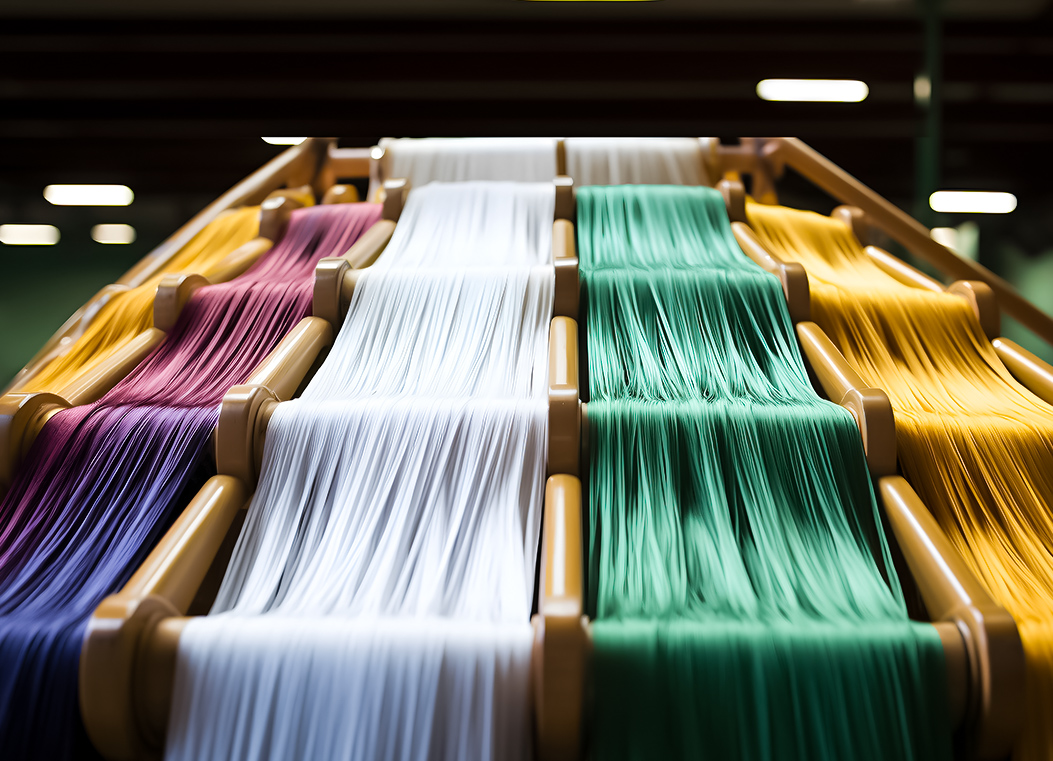



.jpg)
